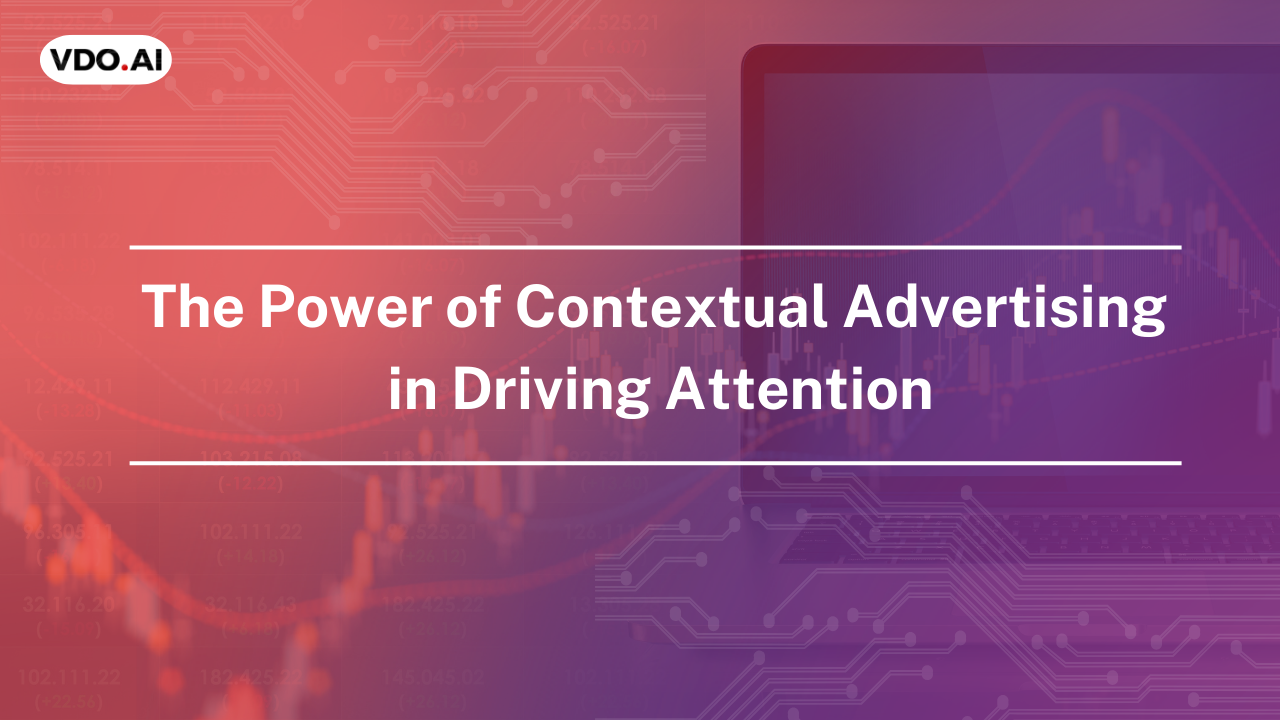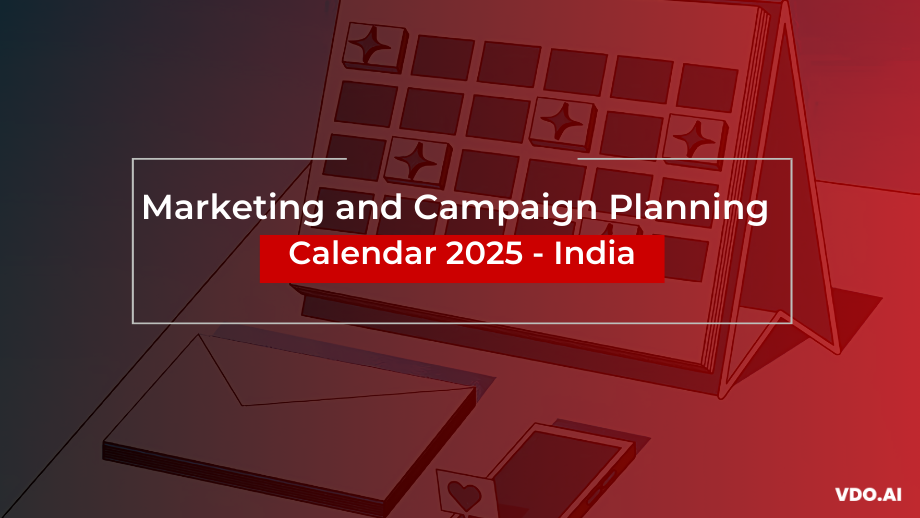The Power of Contextual Advertising in Driving Attention
Reading Time: 4 minutesAdvertisers are making a shift towards contextual advertising to serve relevant advertisements to their target audiences and maximize their brand impact. The global contextual advertising market is expected to reach $335.1 billion by 2026.
The internet surrounds consumers with a wide variety of content. This makes it difficult for advertisers to capture consumers’ attention and get them to interact with an ad. If the ad is irrelevant to what the consumer is viewing, it is likely to go unnoticed. However, with the soon-to-happen deprecation of third-party cookies, the ads that follow consumers from one site to another will disappear.
Unlike programmatic ad buying, which focuses on who sees the ad, the context-relevant approach concentrates on the ad placement and what the consumers may be thinking or feeling at the moment they view the ad. This approach provides advertisers with the opportunity to drive viewers’ attention from the content to the ad while influencing their emotional state. How much of an impact this opportunity can have depends on how relevant the content is to the ad that is shown.
Context Impacts The Attention Ads Receive
With a cookieless future just around the corner, advertisers are looking for ways to maintain and boost their advertising ROI. Contextually relevant ad placements can seamlessly compensate for the loss of third-party cookies and help advertisers achieve the desired outcomes. Relevant ads that resonate with people positively affect how they respond, leading to greater purchase intent and brand favorability.
The content that surrounds the ad impacts consumers’ perceptions of the ad. The sentiment associated with the content they are consuming influences how they feel about the ads that appear alongside it. They are more receptive to content that conveys positive or neutral feelings, leading to increased favorability towards the brands whose ads appear alongside such content. Therefore, brands that leverage context-driven advertising are bound to receive higher attention and engagement.
Difference Between Contextual Advertising and Behavioral Advertising
Contextual advertising targets context, which is the environment in which the user browses. It focuses on the relevance of content, keywords, and topics. On the other hand, behavioral advertising focuses on the actions users take before they reach the website. This includes reading a particular article, clicking a certain link, or visiting a product’s page.
When comparing these two targeting strategies, it might seem that behavioral targeting is the better approach, as it lets advertisers track user behavior, enabling deeper personalization. Nonetheless, contextual advertising offers a number of noteworthy advantages that outperform behavioral and other advertising alternatives. In fact, 79% of consumers prefer contextual advertisements to behavioral ones.
Advantages of Contextual Advertising
1. Easier To Implement
Behavioral targeting requires a vast amount of data. The brand would need high-tech tools and software to collect and analyze the data, as well as a team to figure out how to make the process work best. Whereas, contextual advertising focuses on predictions made by AI based on trends and insights. This makes it an easy and affordable alternative that provides relevancy and encourages customers to interact with the ad.
2. Compliant With Privacy Regulations
With increased privacy regulations on how user data can be collected, it is difficult to successfully run a behavioral advertising campaign. While this is a privacy-friendly initiative, it has made it a challenge for advertisers to gather data regarding user behavior.
Contextual advertising does not require any personal information from the user and yet serves relevant ads, making it a convenient option for brands who want to make sure they are displaying ads on compliant pages.
3. Capability Of Weather Targeting
The weather is an often overlooked but crucial component of contextual advertising. It may seem insignificant, but it can provide advertisers with valuable information on how consumers will behave based on their location and the weather. Advertisers can turn this relationship between weather and consumer behavior into actionable solutions to drive the desired engagement and ROI while boosting conversions.
4. Accessibility To Real-Time Metrics
Contextual advertising campaigns are delivered programmatically. This lets advertisers see metrics in real-time and tweak their campaigns to make them work better. They can even verify if their ads are running on relevant domains. Moreover, since contextual ads reach consumers in the right context, they yield higher ROAS and above-average conversion rates.
Final Words
Past behavior isn’t necessarily a reliable indicator of consumers’ current needs and requirements. There are instances when website users are more interested in what they are viewing now than what they saw a few days ago. Contextual advertising lets the advertiser decide when and where their ads are shown and lets them focus on how people are acting right now. This engages users and creates a positive association, benefitting brands in the long run.
VDO.AI effectively combines the contextual relevance of a webpage with branded content to serve the most relevant digital advertisement, thereby generating a personalized and engagement-driven experience for the consumers.
Connect with VDO.AI here to start delivering context-driven ads that generate the highest ROI.





